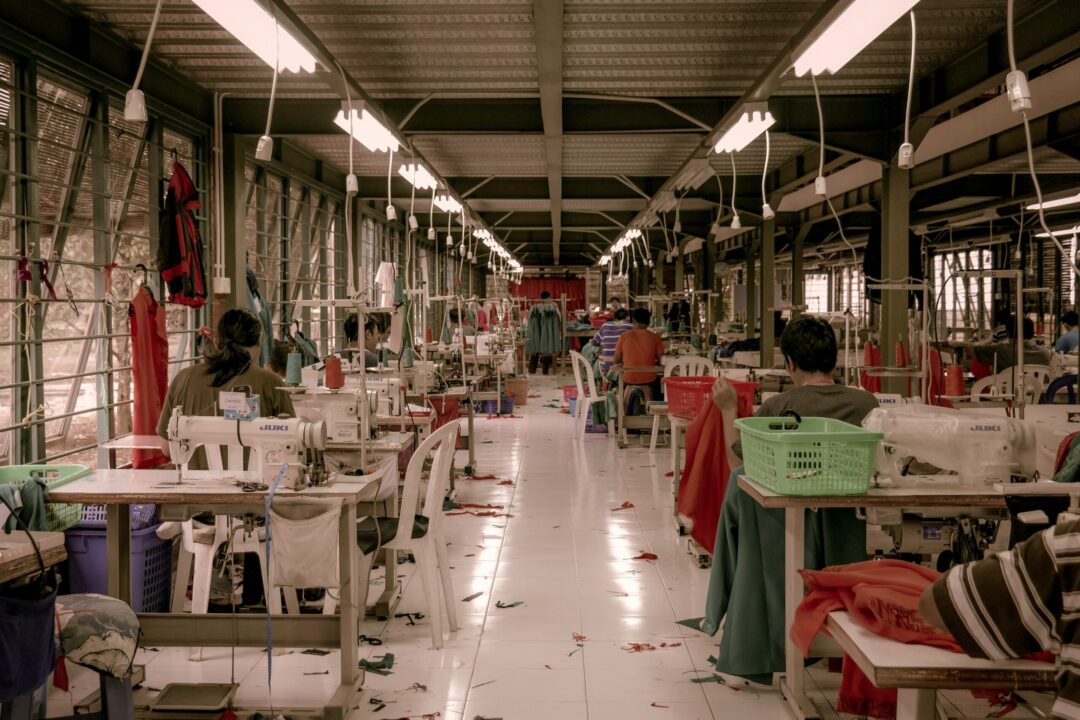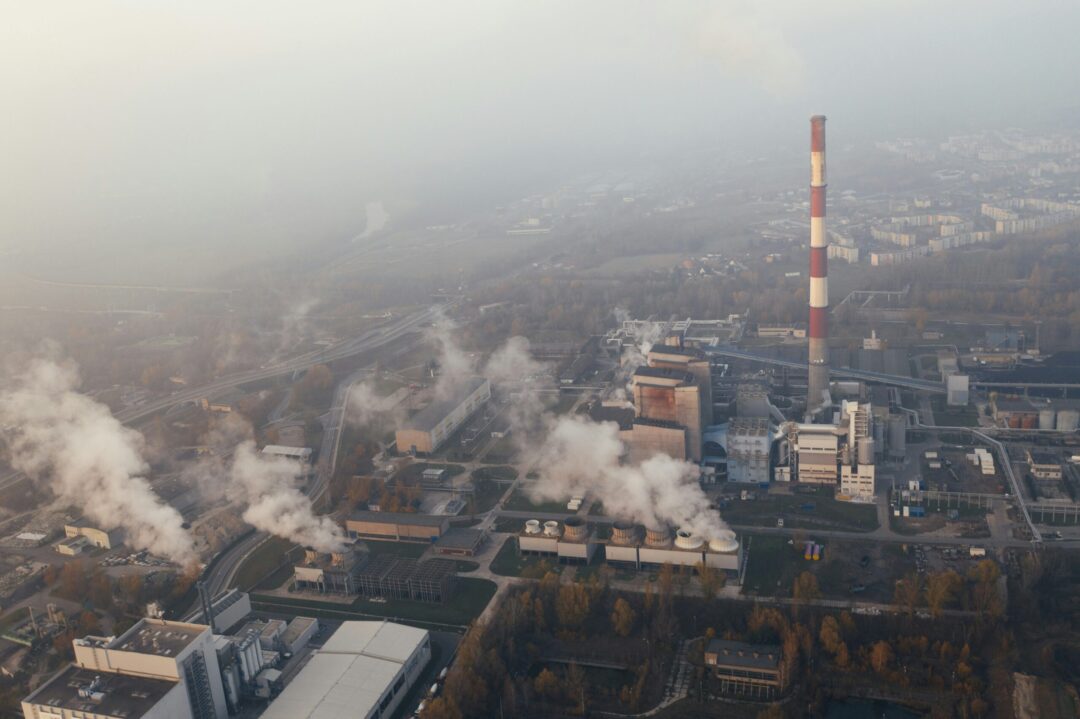A new study suggests ways that global retailers like H&M and Nike can use AI to reduce emissions and improve energy efficiency.
Since the rise of ‘fast fashion’ in the 1990s – which involves cheap, trendy garments being mass-produced for low cost – the environmental impact of international clothing chains has exploded. Nowadays, the fashion industry has been accountable for 20 per cent of industrial water pollution, the use of 60 per cent of manufactured plastic materials, and the cause of 10 per cent of the world’s total emissions.
Governments and consumers are calling for change. They are demanding that global clothing brands like H&M, Nike and Primark take action to reduce their carbon footprint. According to a recent study, technologies driven by artificial intelligence (AI) can present an effective solution for these manufacturers to enhance both their environmental and market performance.

Before this study, AI technologies relating to climate action in the fast fashion industry had not been researched properly.
Introducing the study
An international team of researchers, including Professor David Grant, the Senior Deputy Director at the UNSW Institute for Climate Risk & Response, have been looking at how AI-powered climate service innovations affect industrial markets. They state that with its capability to evaluate large amounts of data easily and assist with decision making, artificial intelligence could play an effective role in the environmental planning process of fast fashion producers and other manufacturers.
Professor Grant explains: “Our study’s findings have shown enormous potential for helping companies achieve emissions-related targets and meet their reporting and assurance obligations related to Scope 1, 2, and 3 emissions as defined under the World Resources Institute and World Business Council for Sustainable Development Greenhouse Gas Protocol (2004).”

Bangladesh is home to the highest number of green garment factories.
AI in practice
To test their theory, the researchers collected data from Bangladesh, one of the largest ready-made garment exporters in the world. Two-hundred and eleven managers from various manufacturing companies that had been implementing AI-powered climate service solutions for at least one year were surveyed and their companies’ developments assessed.
Technologies that were implemented in this process are mainly based on machine learning and data analysis. By using these technologies for standardised tasks like emission calculation, assessment of individual products’ carbon footprint and risk management, the monitored businesses were able to reduce their emissions and improve energy efficiency with increased renewable energy sources.
Professor Grant says: “AI-powered climate service innovations can enable firms to adopt innovations that reduce the environmental impact of its business activities while improving energy and material efficiency and managing climate-related risks and opportunities.
“They also facilitate mitigation by reducing the firm’s carbon footprint, can identify and manage vulnerabilities, forecast hazards, and provide basic climate research and education to managers and employees.”

Balancing market performance and climate action in the fast fashion industry might seem like the less profitable solution.
Environmental performance in tandem with market performance
While environmental performance and pollution control are growing more and more important, manufacturers are still mainly focused on market performance and profitability. Many suspect that with new sustainable policies it will be difficult to maintain a competitive advantage over other businesses. However, the study proves that AI-powered climate solutions can provide important contributions to market performance as well.
“AI-powered climate service innovation can improve environmental performance in terms of energy efficiency, reduction of wastage, optimum consumption of natural resources, and sustainable eco-design,” says lead author Professor Shahriar Akter. “An improved environmental performance can also enhance market performance by enabling firms to access new markets, secure new sales leads, and generate more revenues.”

A further developed AI can help us reduce the impact of industrial emissions.
The future of climate action in the fast fashion industry
As emissions from the fast fashion industry are estimated to skyrocket by 60 per cent in the next six years, finding effective solutions in the sustainability sector is becoming more and more important. Artificial Intelligence may be the first step, but the technology still needs to be fully developed.
In order to serve as a reliable long-term method of increasing environmental performance, AI has to be able to analyse broader business structures, identify customised solutions and be able to grow with the ever-changing customer needs of the industry.
Until then, fashion retailers have to work harder than ever towards establishing a green supply chain and reducing the extreme environmental impact that their businesses have on our planet.
If you enjoyed this article on how AI revolutionises climate action in the fast fashion industry, you will like our piece on artificial intelligence in Australian industries.

